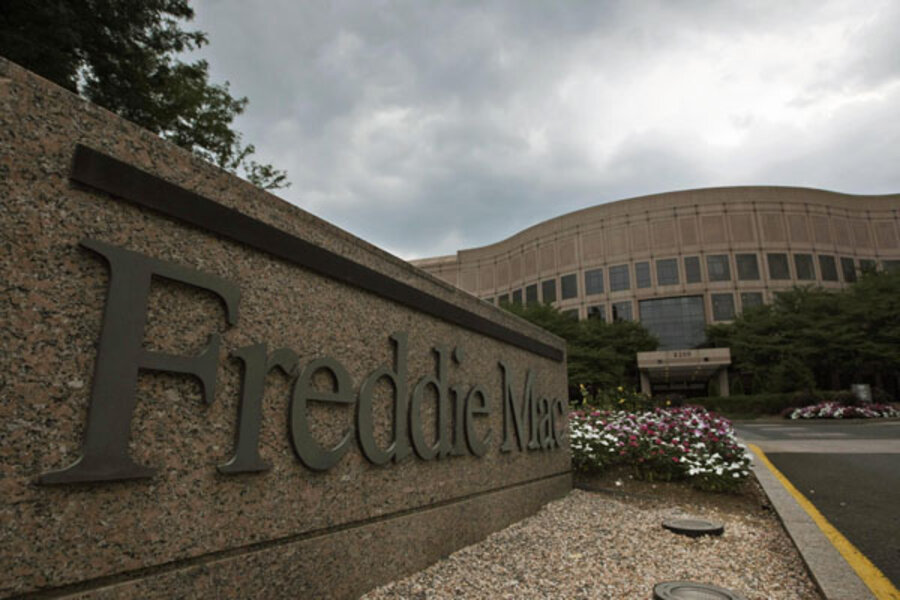What we should do with Fannie and Freddie
Loading...
The past few years have demonstrated that Fannie Mae and Freddie Mac, the two mortgage giants, were built on a flawed business model. One that paired private profit in good times with taxpayer burdens in bad times; created systemic risks to the world financial system; concealed the degree of federal involvement in mortgage markets; and directed many of the benefits of government assistance to shareholders and management, rather than homeowners.
The folks at e21 asked Phill Swagel and me to ponder how Fannie and Freddie ought to be restructured when they emerge from government conservatorship.
Our proposal, “Whither Fannie and Freddie: A Proposal for Reforming the Housing GSEs” has just been released.
Here’s the gist:
The two firms would become private companies that buy conforming mortgages and bundle them into securities that are eligible for government backing. The reformed firms would not have the investment portfolios that were the main source of risk under their previous structure. The federal government would offer a guarantee on mortgage-backed securities composed of conforming loans. This guarantee would be explicit, backed by the full faith and credit of the United States. To compensate taxpayers for taking on housing risk, Fannie and Freddie would pay an actuarially fair fee to the government in return for the guarantee, and the shareholders of the firms would take losses before the government guarantee kicks in. Other private firms such as bank subsidiaries would be allowed to compete by securitizing conforming loans and purchasing the government guarantee. Over time, entry into these activities would help ensure that the benefits of the government support are passed through to homeowners and would reduce the risk that the failure of any one firm would pose a threat to the housing market or the overall economy.
Our proposal would also free Fannie and Freddie from regulatory requirements that promote affordable housing. As worthy as those efforts can be, we believe they should not be run through these reformed organizations with their narrower missions (and no investment portfolios). If policymakers think that the conforming mortgage market should help finance those efforts, that can be done through a tax on the MBS guarantees, above-and-beyond the actuarially-fair fee for the government insurance. The resulting revenue can then be directed to affordable housing programs through usual budget channels.
How did we come to this proposal? Well, we were trying to fix what we see as the major flaws of the old model (lack of transparency, uncompensated taxpayer risk, misalignment of incentives), while maintaining its benefits (e.g., that mortgage credit kept flowing for conforming loans even during the depths of the crisis and that government-insured MBS are a useful asset class when the Fed wants to do quantitative /credit easing). In addition, we felt that some backstop role for the government is inevitable as a matter of political economics and that it ought to be explicit at the outset.
P.S. For a nice overview of the Fannie & Freddie situation, see this article by Nick Timiraos in the Wall Street Journal; it includes a brief mention of our plan.
Disclosure: I do not have any positions, long or short, in any Fannie or Freddie securities. Also, a close relative once served as a board member of one of the companies, but that ended several years ago.
Add/view comments on this post.
------------------------------
The Christian Science Monitor has assembled a diverse group of the best economy-related bloggers out there. Our guest bloggers are not employed or directed by the Monitor and the views expressed are the bloggers' own, as is responsibility for the content of their blogs. To contact us about a blogger, click here. To add or view a comment on a guest blog, please go to the blogger's own site by clicking on the link above.





